Also, the stage can cry out for costume silliness. In a production of Mandragola at The Folger Shakespeare Theater, I exaggerated the silhouettes by lining the costumes with foam rubber.
|
Hi. Martha McCain again. I consider the picture above to be “extreme research.”Why? It’s an original pattern from Journal des Demoiselles, 1860. I even get extra points because it’s in French. Extreme Research, to my mind, involves looking at material created in the period you’re studying. This includes fashion magazines, tailoring and dressmaking books, patterns, artworks, and - of course - original garments. Right now I’m writing a series of highly illustrated monographs to share some of the information I’m collecting. Each pamphlet “stars” a garment from a private collector a small museum. I’m taking patterns from the originals, photographing details and explaining the construction. Below is the first in what, I hope, will be an on-going series: I’ll be delighted to talk more about this project at another time, but I want to tell you how I got involved in such deep delving. My background is in theatrical costume design. Both as a designer and a draper, I wanted to know about the shape and style of period garments. But if a zipper or Velcro got an actor on stage faster, I didn’t consider tiny hooks and eyes essential. And if a dancer looked prettier in fluffy tulle petticoats than an authentic hoop, so be it. Also, the stage can cry out for costume silliness. In a production of Mandragola at The Folger Shakespeare Theater, I exaggerated the silhouettes by lining the costumes with foam rubber. When I started designing patterns for Simplicity, my approach was often too theatrical and most definitely too difficult and time-consuming to make. The headdress on the right is made of horsehair braid held in the shape by clear plastic pony beads. I wonder if anyone ever made this... I suggested doing a line of Civil War costumes for Simplicity. That led to my meeting some really dedicated reenactors and collectors and scholars. and to learning how serious a credible “Fashion Historian” has to be. On another visit to Andrea’s blog, I’ll share some of the research I’ve done in museums, old magazines, and on line. (Love the books that Google has scanned!)
16 Comments
The Goose
7/10/2013 01:47:50 am
Wow, Martha! My hat's off to you. Just looking at that first pattern diagram would have been enough to send me running from the room screaming and holding my head, never mind it's in French to boot. As an end-user it does make me even more appreciative of the work put into the product. It's interesting to learn how your designs come together. Thank you for sharing your insights and experience. The Goose
Reply
Martha McCain
7/10/2013 09:14:31 am
Actually, I frequently run from the room screaming. It's an occupational hazard. I did start my career in theater where we paint with a broader brush. I never thought I'd find myself counting warp and woof threads.
Reply
Saundra
7/10/2013 04:01:10 am
You amaze me with your talents. Can't wait to read more!
Reply
Martha McCain
7/10/2013 09:15:46 am
Be careful what you wish for. And thank you.
Reply
7/11/2013 01:06:14 pm
I applaud you for attempting those mind boggling patterns. Its beyond my comprehension at this time.
Reply
Martha McCain
7/11/2013 02:12:18 pm
For sale some day? You BET - unless I get run over by a bus before it happens! I really want to do patterns for all types of clothes from this period. If that works out, I'll move on to another era. Forward to bustle? Back to 18th century?
Reply
7/13/2013 02:47:33 am
Yes, forward to bustle, and then on to 1900-1918, a highly overlooked time period. 7/13/2013 04:43:18 am
I so much enjoyed this blog. Great to 'hear' from you. I will certainly look forward to more from you! Nancy
Reply
Martha McCain
7/14/2013 02:57:31 pm
Hey, Nancy. Good to hear from you, too.
Reply
7/13/2013 04:54:52 am
Hi Martha, I'm glad to see you are still designing for Simplicity. The Journal Des Demoiselles patterns of the 1830s through the 1860s are so much better quality than those in Peterson's and Godey's; they are more complete and drawn to true scale. I don't find the overlapping pieces hard to figure out, especially in comparison to Harper's Bazar pattern sheets, which are much denser and got even more so as the 19th century went on. Val, I have published four books of patterns for the bustle era (all together covering 1877 through 1889) and two books of patterns for the 1900-1909 era.
Reply
7/13/2013 07:23:49 am
Frances, I have all your books, I'm just a pattern person and prefer to buy them all ready made. Someday tho.
Reply
Martha McCain
7/14/2013 03:04:43 pm
Fran, hi there. I haven't designed for Simplicity in several years. I'm just a guest on Andrea Schewe's blog. She's the one doing all these great Simplicity patterns. I've been working with museums and individual collectors taking patterns from original garments - hoping to publish some of this some day. You know I love your books and have found them a great help over the years.
Reply
Millie Chapala
7/24/2013 07:15:37 am
When do we get to read more of what you're doing?
Reply
Judith Dean
8/14/2013 12:31:47 am
You are an inspiration, especially for my granddaughter who, post FIT summer classes, can get another view of where creative fashion design can lead.
Reply
10/12/2013 06:36:11 am
Whether you think you can or whether you think you can't, you're right!
Reply
Jen in Oz
4/28/2015 02:51:01 pm
I see they've re-released your Civil War Undergarments pattern, but renumbered it as 1139! Any chance of more of your patterns from Simplicity (or anyone else)?
Reply
Your comment will be posted after it is approved.
Leave a Reply. |
From AndreaI am a commercial pattern maker who is now "sewing over 50"! Archives
August 2019
Archives by Subject
To search for blog posts in specific categories, use the drop down menu above by hovering over the word "Blog" Andrea Schewe participates in Amazon's associates program.
|
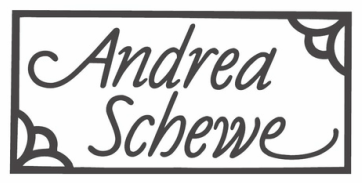
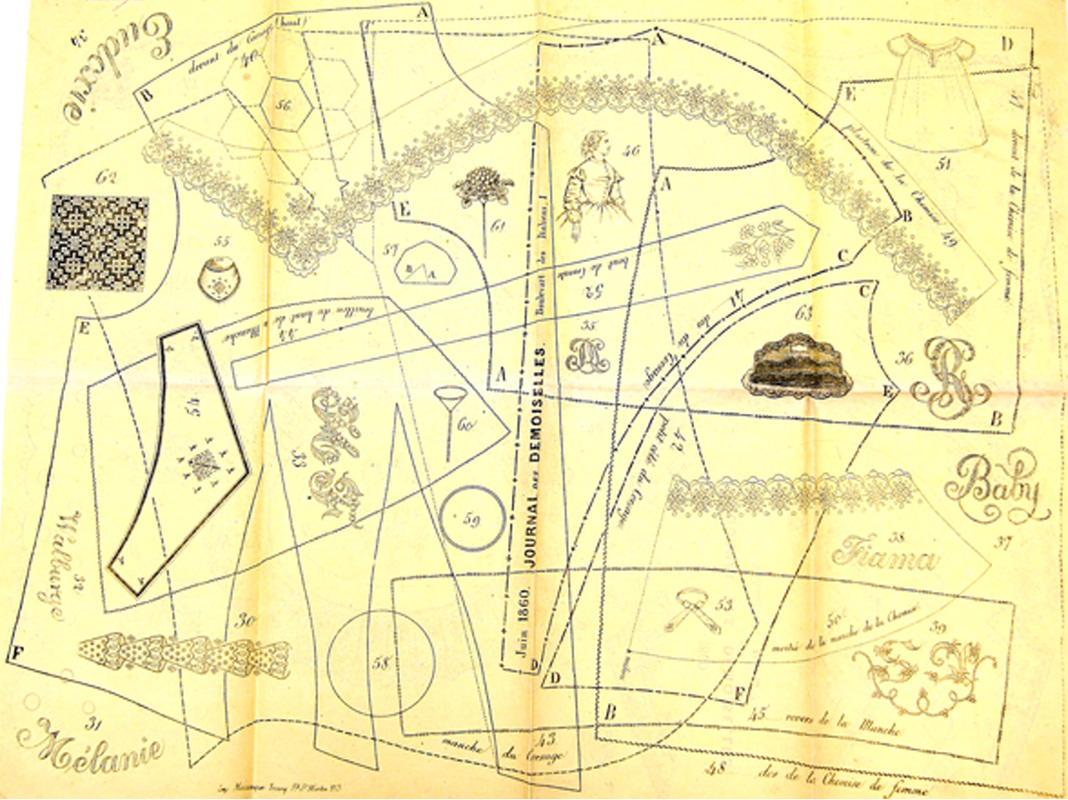
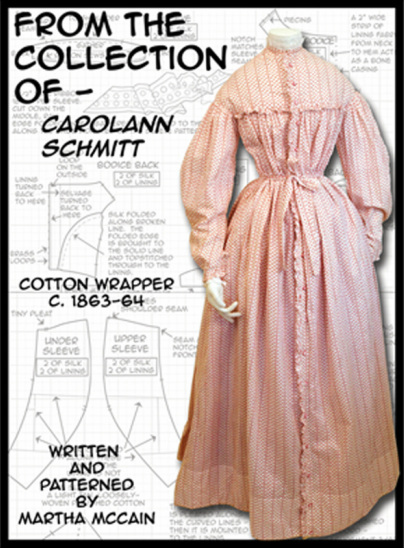
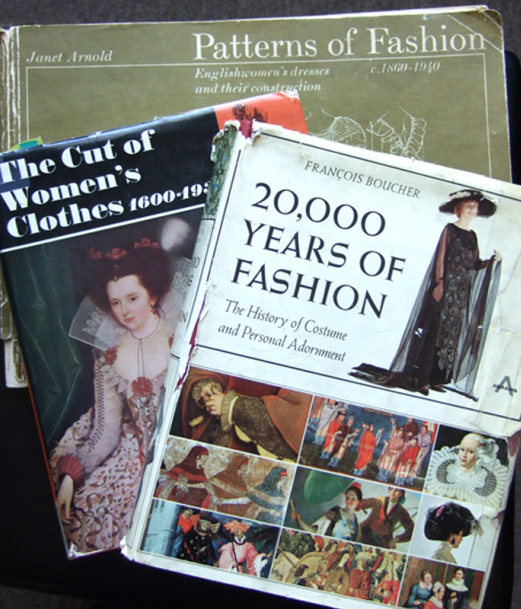
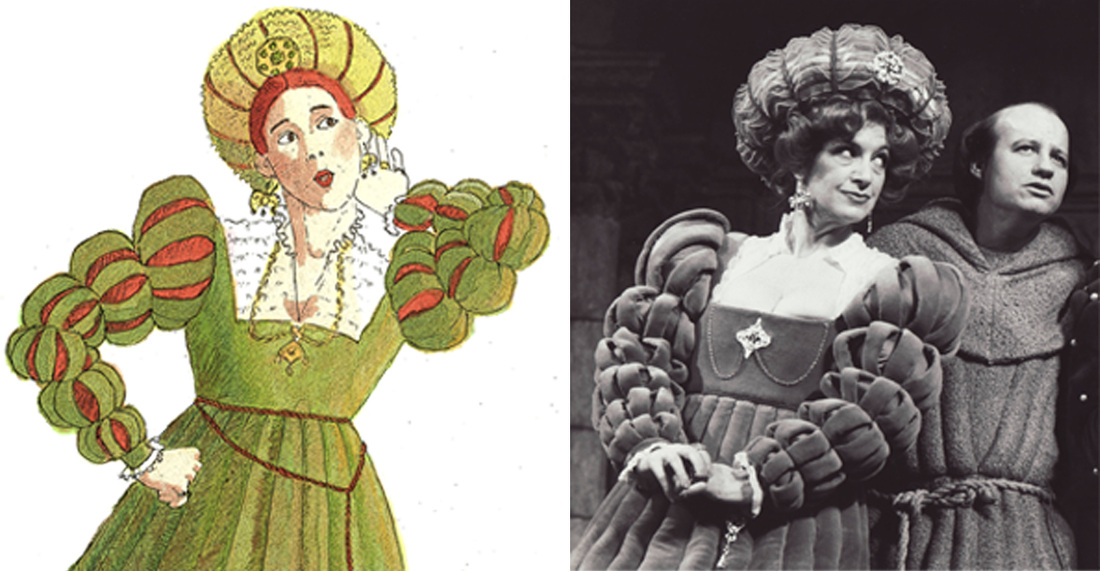
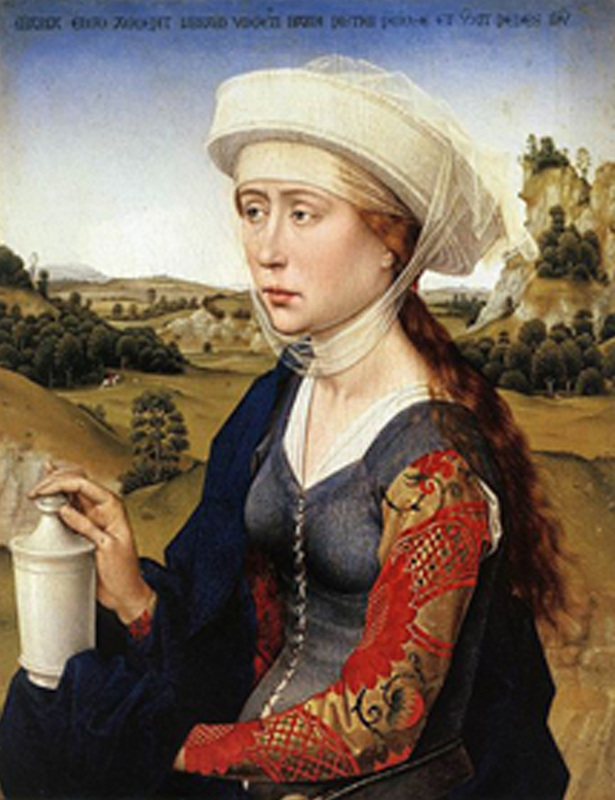
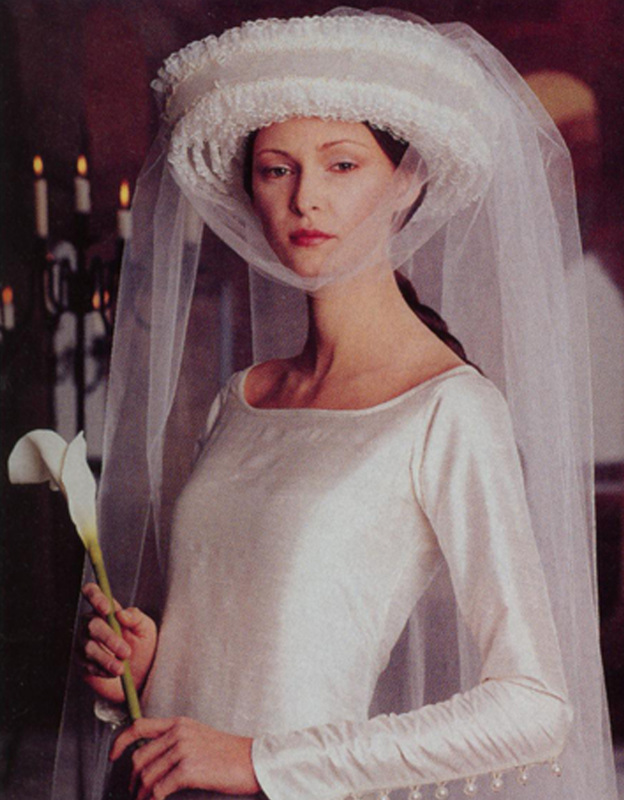
 RSS Feed
RSS Feed